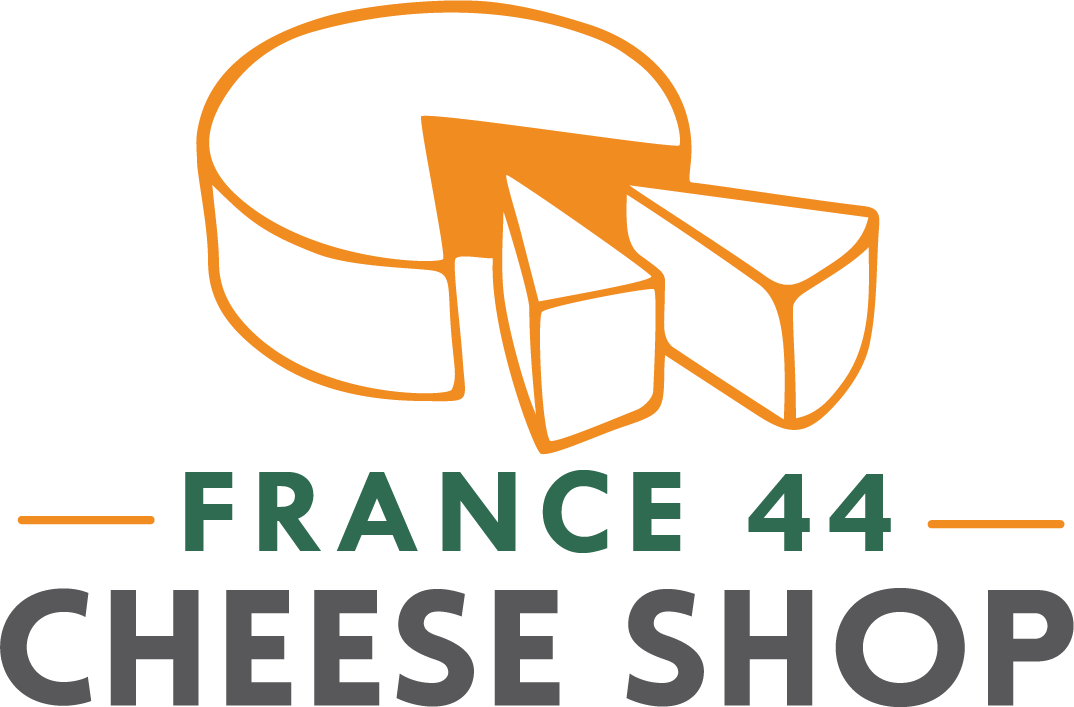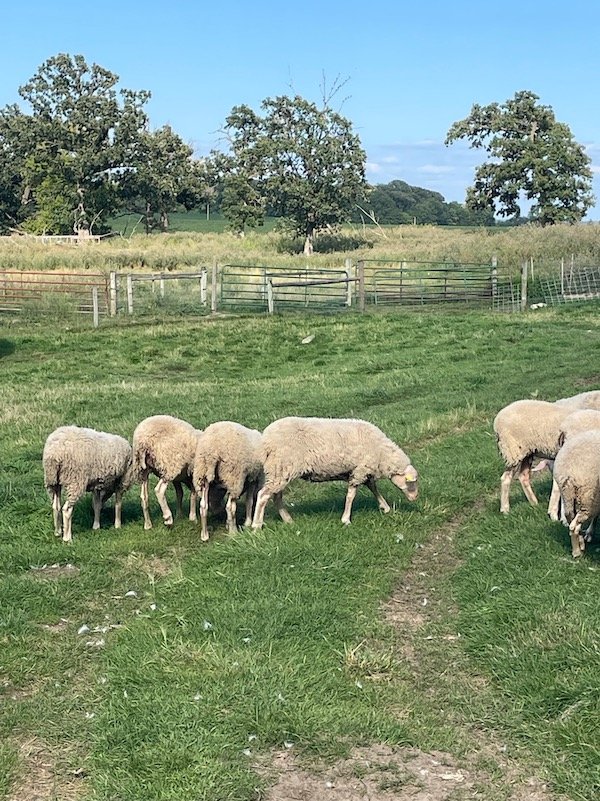The answer, of course, is yes… and no. And probably not in the way that you think. Let us explain.
First, a bit of friendly mongerly advice. The best way to enjoy delicious cheese is to buy only as much cheese as you can consume in a week, no longer. Cheese will never taste better than when it’s freshly cut off the wheel. If you’re reading this, hopefully you patronize one of our cut-to-order cheese shops; our mongers would be delighted to cut you an appropriate amount of cheese, no matter how big or small. That said, we know life happens and sometimes things kick around in the fridge longer than we’d like. Let us help you triage some hypothetical cheese-mergencies.
We’re going to talk about the ‘m’ word. We’re talking, naturally, about mold. If you’ve ever found a long-forgotten piece of cheddar in the back of your crisper, only to unwrap it and discover a thick pashmina of blue growth, this one’s for you.
We’re guessing that you quickly jettisoned that piece of cheese straight into the bin. We’ve all done it. But that little piece of cheese might not be beyond saving. Surface mold like the kind that grows on cheese or bread is unpalatable, but not harmful. Take a knife and cut a few millimeters off of each moldy surface. Now give the cheese a taste. You may be surprised by what you find. If that didn’t do the trick, the problem probably lies deeper, literally.
Firm cheese (think cheddar, Alpines, goudas) absorbs off-flavors in the fridge (which, incidentally, represents a far greater threat to cheese health than mold), flavors that work their way in from the surface down. At any decent cheese shop, mongers practice regular maintenance by scraping away the aged surface of open wedges. Sometimes this includes mold, which grows naturally from ambient spores and truly can’t be prevented. Your cheese represents a plush king size bed to those spores, which will happily make their home there given time. It’s unsightly, but it doesn’t have to be scary because—and allow us to let you in on a little secret—cheese is mold. That rind on your brie? Mold. The flavor in your favorite blue? Mold. The white patina on the rind of an aged Alpine? Ok, that one’s a yeast but you get the point! Mold: it’s what’s for dinner.
A wedge of any firm cheese you may purchase will never go bad, but it will lose its flavor with time, or worse, end up tasting like the smoked salmon you have next to it in the fridge. Our softer cheese friends, however, have the potential to get a little funkier. Soft cheeses ripen from the outside in; you may notice that their center remains firm and fudgy while the outer layer becomes gooey. This creates some wonderful textures, but it also means that the rind of such cheeses is the first part to age.
As the proteins in cheese break down, the nitrogen within is released in the form of ammonia. (Walking through a cheese-aging facility is an eye-watering experience.) You may unwrap a Camembert to be hit with a wave of chemical aroma—this is likely an indiction that your cheese is past prime. Again, it won’t be harmful to you, but eating it would be a supremely unpleasant experience with a bitter aftertaste. In milder cases, you may choose to cut off the top rind and eat the paste within, which tends to retain flavor better. Orange spotting, fluffy growths, or blue spots on these cheese rinds are strains of mold or yeast and can be consumed, or scraped away with the tip of a knife. Funkier barnyard aromas tend to be desirable in washed rind cheeses (Epoisses, Langres, Oma) and aren’t of concern.
Hopefully you’ll walk away from this post feeling a little more comfortable eating and caring for cheese. Wedges of firm cheese will last quite a while well-cared for in your fridge, but their flavor will naturally degrade with time. Softer cheeses, especially those in breathable packaging, are designed to age over a matter of weeks; depending on when in the cheeses’s life-cycle you pick it up, you may be able to keep it for up to a month. In either case, checking in on your cheese periodically is a good idea. Your nose is your best friend when it comes to cheese. If your nose tells you “nuh uh, no,” trust it!
Next week we’ll be covering the best ways to store cheese in your fridge at home because ultimately, happy cheese is the best cheese.





